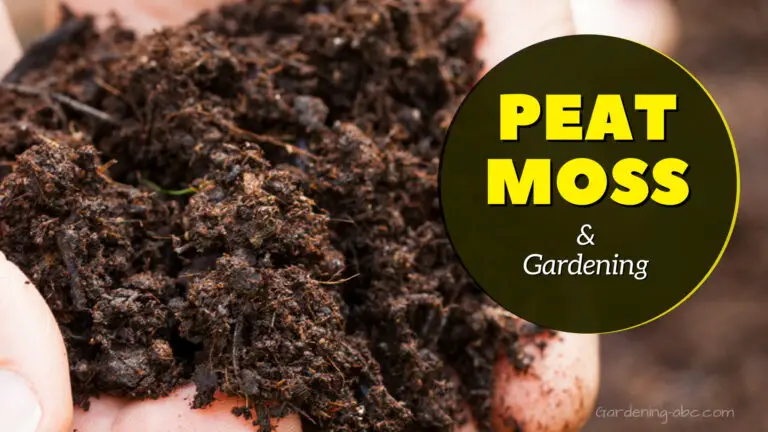

Instead, the poor site showed higher litter inputs, which compared with litter from vascular plants had low turnover rates. For the nutrient-rich scenario more of the photosynthesis produce accumulated as plant biomass due to more trees, while the poor site had abundant moss biomass which did not increase living aboveground biomass to the same degree. Over 10 years, the model demonstrated a similar photosynthesis rate for the two scenarios, 903 and 1,034 g C m −2 yr −1, for the poor and rich site respectively, despite the different vegetation distribution. The soil was described by three separate soil organic carbon (SOC) pools consisting of vascular plants and moss litter origin and decomposed organic matter. Adding a moss layer was a new approach, because moss has a modified physiology compared to vascular plants. Three vegetation layers were assumed: conifer trees, other vascular plants, and a bottom layer with mosses. The model design used two forest scenarios on drained peat soil, one nutrient-poor with dense moss cover and another with lower soil C/N ratio with sparse moss cover.

Uncertainty-based calibrations were made using eddy-covariance data (hourly values of net ecosystem exchange) and tree growth data. To understand this phenomenon, we used a process-oriented model (CoupModel) calibrated on data from two closely located drained peat soil sites in boreal forests in Finland, Kalevansuo and Lettosuo, with different soil C/N ratios. Nutrient-rich peat soils have previously been demonstrated to lose carbon despite higher photosynthesis and litter production compared to nutrient-poor soils, where instead carbon accumulates. 6Department of Forest Sciences, University of Helsinki, Helsinki, Finland.5INAR Institute for Atmospheric and Earth System Research/Physics, Faculty of Science, University of Helsinki, Helsinki, Finland.4Finnish Meteorological Institute, Helsinki, Finland.3Department of Land and Water Resources Engineering, Royal Institute of Technology (KTH), Stockholm, Sweden.2Department of Geography, McGill University, Montreal, QC, Canada.1Department of Earth Sciences, University of Gothenburg, Gothenburg, Sweden.


 0 kommentar(er)
0 kommentar(er)
